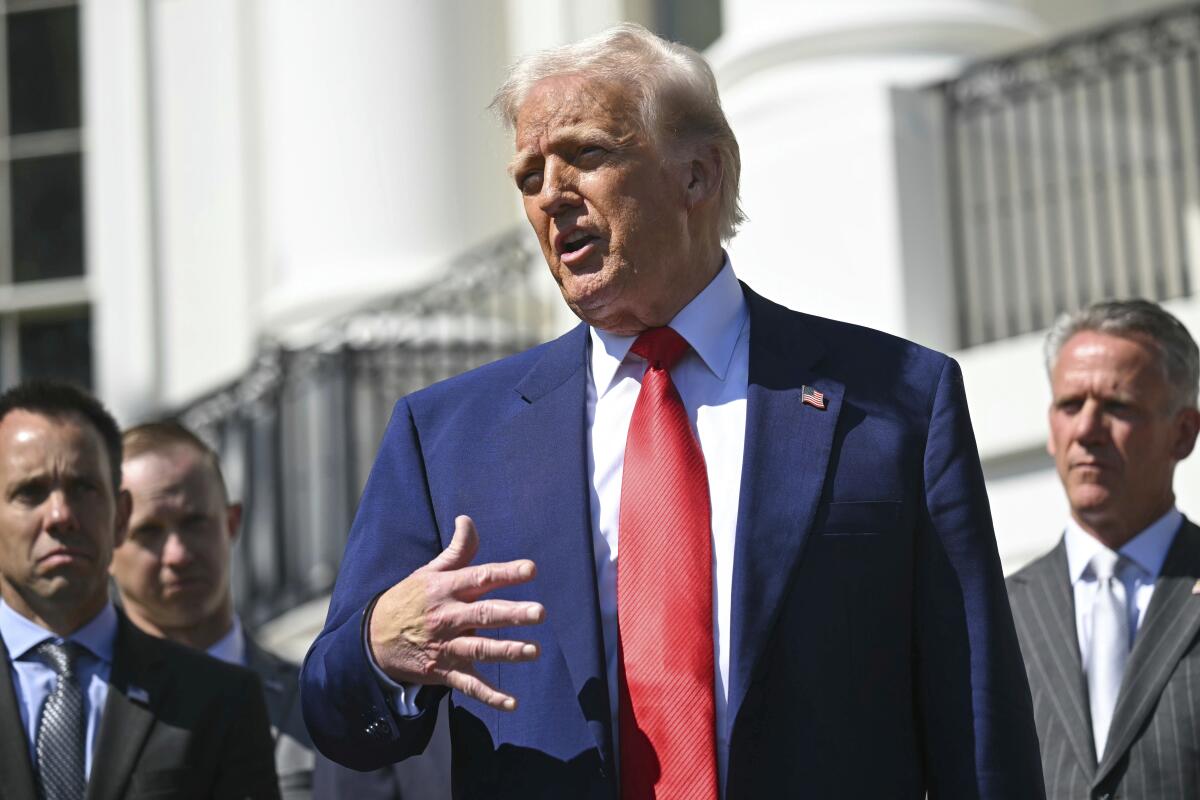Executive Summary
- SpaceX launched 28 Starlink V2 Mini satellites on the Starlink 6-93 mission.
- The Falcon 9 first-stage booster B1085 successfully landed on the droneship 'Just Read the Instructions' after its seventh flight.
- The launch contributes to SpaceX's growing Starlink constellation, which aims to provide global internet access.
Event Overview
On May 6, 2025, SpaceX launched a Falcon 9 rocket from Space Launch Complex 40 (SLC-40) at Cape Canaveral Space Force Station, carrying 28 Starlink V2 Mini satellites into low Earth orbit. The Starlink 6-93 mission represented SpaceX's 470th Falcon 9 launch. The Falcon 9 first stage booster, B1085, successfully landed on the droneship 'Just Read the Instructions' after its seventh flight. This launch continues the expansion of SpaceX's Starlink constellation, intended to provide global internet access.
Media Coverage Comparison
| Source | Key Angle / Focus | Unique Details Mentioned | Tone |
|---|---|---|---|
| Spaceflight Now | Mission details and booster landing. | Mentioned the tail number of the booster (1085) and the specific missions it previously supported, including NASA's Crew-9 and Firefly Aerospace’s Blue Ghost Mission 1. Noted favorable weather conditions. | Informative and technical. |
| FOX 35 Orlando | Launch details and Starlink's objectives. | Highlights Starlink's aim to eliminate mobile dead zones with its Direct to Cell capability. | Brief and informative. |
| USA TODAY NETWORK - Florida | Launch viewing locations and timing. | Provides specific locations and directions for viewing the launch from various points in Florida. | Practical and informative. |
| Space.com | Overall mission details and Starlink constellation size. | Mentioned the mission's number in SpaceX's Falcon 9 missions of 2025 and Starlink launches of 2025. Stated that the satellites operate in a grid to form a lattice across nearly all of the planet, excluding the poles. | Comprehensive and enthusiastic. |
Key Details & Data Points
- What: A SpaceX Falcon 9 rocket launched 28 Starlink V2 Mini satellites into low Earth orbit.
- Who: SpaceX, using its Falcon 9 rocket and Starlink satellites.
- When: May 6, 2025, at 9:17 p.m. EDT (0117 UTC on May 7).
- Where: Space Launch Complex 40 (SLC-40) at Cape Canaveral Space Force Station in Florida.
Key Statistics:
- Key statistic 1: 28 (number of Starlink satellites launched)
- Key statistic 2: 470 (total Falcon 9 rocket launches to date)
- Key statistic 3: 7 (number of flights for the first-stage booster B1085)
Analysis & Context
The successful launch of the Starlink 6-93 mission underscores SpaceX's continued commitment to expanding its Starlink constellation. The reuse of the Falcon 9 booster B1085 highlights the company's focus on reusability to reduce costs and increase launch frequency. The growth of the Starlink network aims to provide high-speed internet access globally, potentially revolutionizing connectivity, especially in underserved areas. The mission also demonstrates SpaceX's capabilities in executing frequent and reliable launches.
Conclusion
SpaceX's successful deployment of 28 Starlink satellites via the Starlink 6-93 mission, aboard a Falcon 9, underscores the company's commitment to establishing a global high-speed internet network [i]. With over 7,200 operational Starlink satellites in orbit, the overarching aim is to deliver internet access to remote and underserved areas worldwide, where traditional terrestrial infrastructure is limited [2, i]. The repeated utilization of Falcon 9 boosters highlights SpaceX's dedication to reusable technology, significantly reducing the costs associated with space launches and enabling a rapid mission turnaround. However, challenges remain, including navigating regulatory hurdles in different countries, addressing concerns about space debris and signal interference, and managing bandwidth limitations in densely populated areas. Despite competition from other satellite internet providers like Amazon's Project Kuiper, SpaceX is expanding its services to include satellite-to-mobile technology and exploring new applications beyond consumer broadband, alongside continuous improvements to satellite technology with the deployment of Starlink Version 3 satellites. Furthermore, SpaceX faces trade barriers and increasing competition in the satellite internet market, requiring strategic navigation to maintain its position. The balance between economic efficiency and strategic autonomy will be critical as Starlink's capabilities grow.
Disclaimer: This article was generated by an AI system that synthesizes information from multiple news sources. While efforts are made to ensure accuracy and objectivity, reporting nuances, potential biases, or errors from original sources may be reflected. The information presented here is for informational purposes and should be verified with primary sources, especially for critical decisions.









